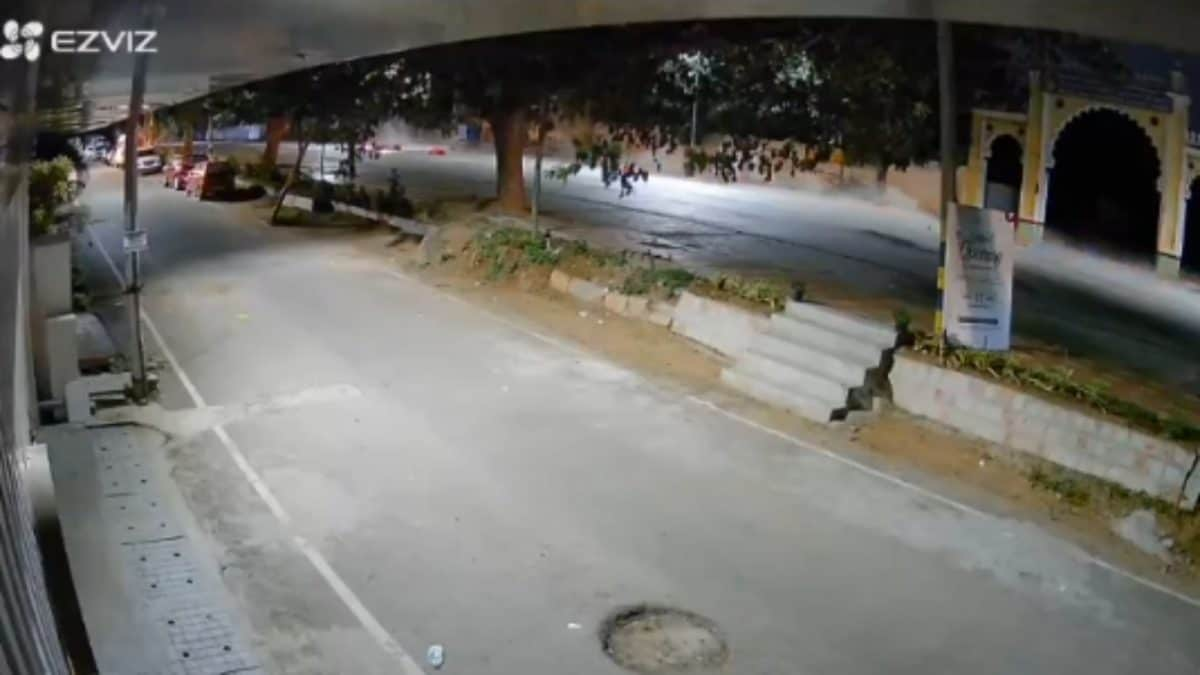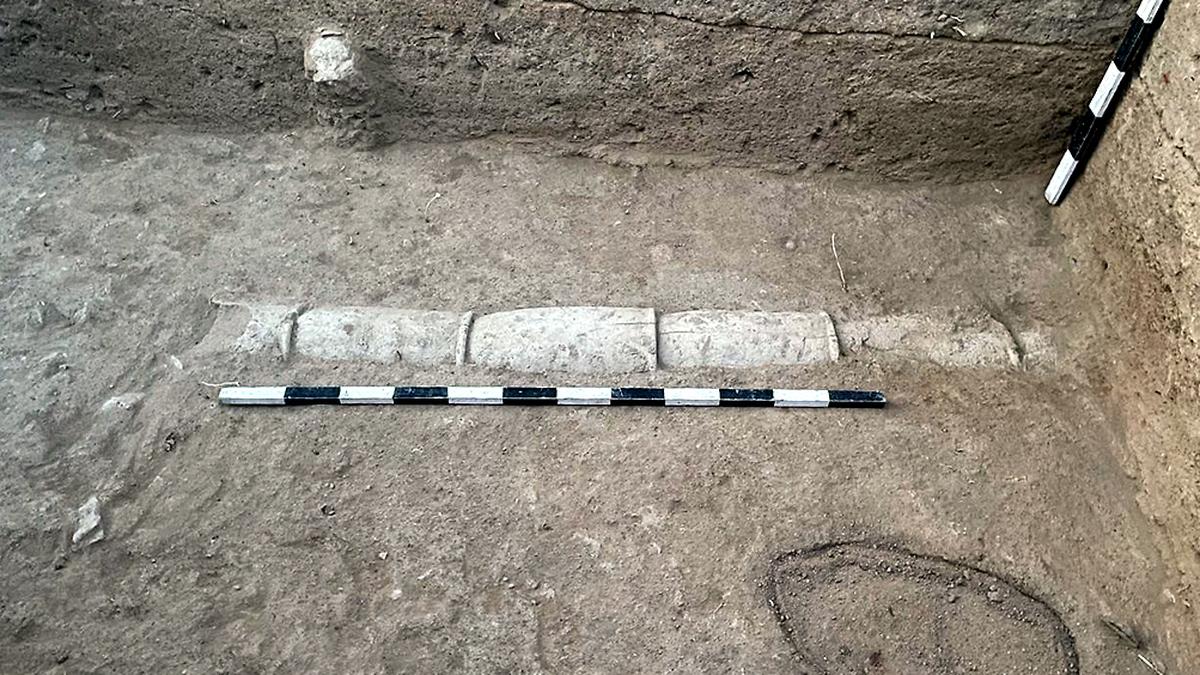ARTICLE AD BOX
“Copy-pasting” from “previous reports or published sources”; an African elephant’s photograph on the cover instead of an Asian one; inconsistencies in data — flagging these and other issues, the Ministry of Environment, Forest and Climate Change is learnt to have asked the Wildlife Institute of India (WII) to re-submit its annual progress report on the Captive Elephant Database Project.
In a letter to the WII on April 25, the ministry’s Project Elephant Division expressed dissatisfaction with the report.
In the letter addressed to WII Director Virendra Tiwari, Assistant Inspector General of Forests Suneet Bhardwaj said the report, submitted by WII scientist Dr Samrat Mondol along with a state-wise report, did not meet “expected benchmarks”.
When contacted, Bhardwaj declined to comment on the issue.
Mondol told The Indian Express that the report was for a review of the progress, and the WII responded to the ministry’s letter with explanations for every point raised, and resubmitted the report.
In its letter, the ministry listed 20 suggestions to help the institute take corrective measures to revise and resubmit the report. It said Mondol, the project investigator, was asked to provide a comprehensive justification for the shortcomings.
The ministry said the project has been ongoing for over four years, and there is an expectation for a “more structured and clearly presented document”. “The current version lacks clarity, does not fully align with the standard format of a scientific report, and includes a high degree of textual similarity, which is a matter of concern,” it said.
Stating that the report did not adhere to several fundamental formatting and content-related standards, the ministry said it could not be considered for review unless some critical issues were addressed.
Some of the issues raised by the ministry are:
Story continues below this ad
* The cover photograph depicted an African elephant rather than an Asian elephant. The WII was asked to replace the cover photograph with a “high-quality, contextually-appropriate photograph”.
* “The Introduction section appears to be copy-pasted from previous reports or published sources. The report must undergo thorough paraphrasing and originality checks, especially to comply with ministry standards,” the letter said.
Responding to this, Mondol said this was the first time that the ministry was carrying out such a check. “It is usual to take excerpts from former reports in the introduction. We have rectified it and attached a plagiarism-check certificate along with the submission,” he said.
* The ministry also flagged basic issues involving grammatical errors, formatting issues, lack of expansions for abbreviations, and methodological problems, among others.
Story continues below this ad
* It questioned inconsistencies in the data too. “Table 2 cites 1,688 samples, but demographic details are provided for only 786 captive elephants. The status of the remaining 902 samples is unclear — were these duplicates, failed extractions, or still pending analysis? Additionally, while 910 captive elephants are referenced in the genetic cluster analysis, it is unclear why only 786 are recorded in the database,” it said.
* Regarding the Gajah Suchana app, the ministry said the report lacked state-wise summaries or charts on the 786 captive elephants recorded via the application, which is a key component of the project. “The demographic data lists 396 females and 375 males, totalling 771. However, the report claims a total of 786 captive elephants. The gender status of the remaining 15 captive elephants should be clarified,” it said.
The project
The project aims to prevent the illegal capture and trade of wild elephants by tampering with microchip identification. The Project Elephant division is working with the WII’s Elephant Cell to create a genetic database of all captive elephants in the country. The process involves collecting biological samples from elephants and using molecular tools to assign unique genetic IDs.
In 2022, the High Court of Tripura had also passed an order directing the Ministry to conduct proper DNA sequencing of captive elephants along with their offspring to prevent the capture of young elephants from the wild. The DNA sampling is conducted at the WII laboratory. The information is then updated on the app called “Gajah Soochna”. According to scientists, the database has collated details of over 1,900 elephants.
Story continues below this ad
The project has been going on with scrutiny of the ministry’s Captive Elephant Healthcare and Welfare Committee. At its meeting on January 17, 2023, Mondol was asked to expedite the project to complete the database, which will cover around 3,000 captive elephants.



.png)
.png)
.png)

























 English (US) ·
English (US) ·